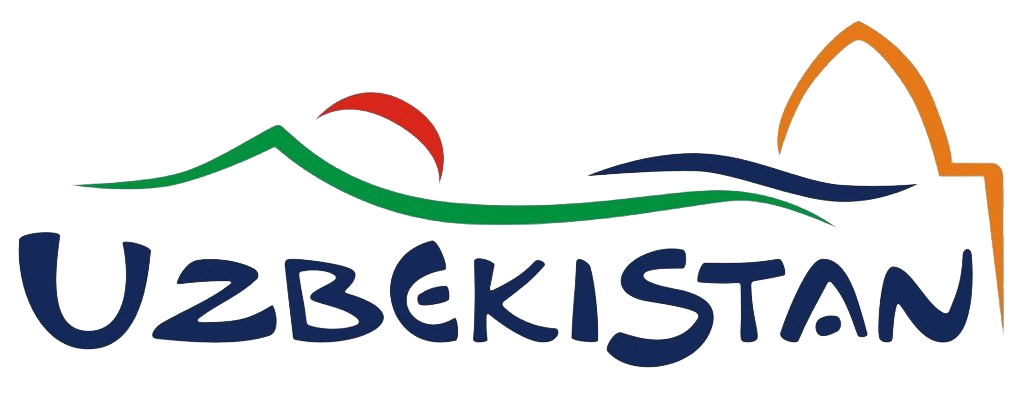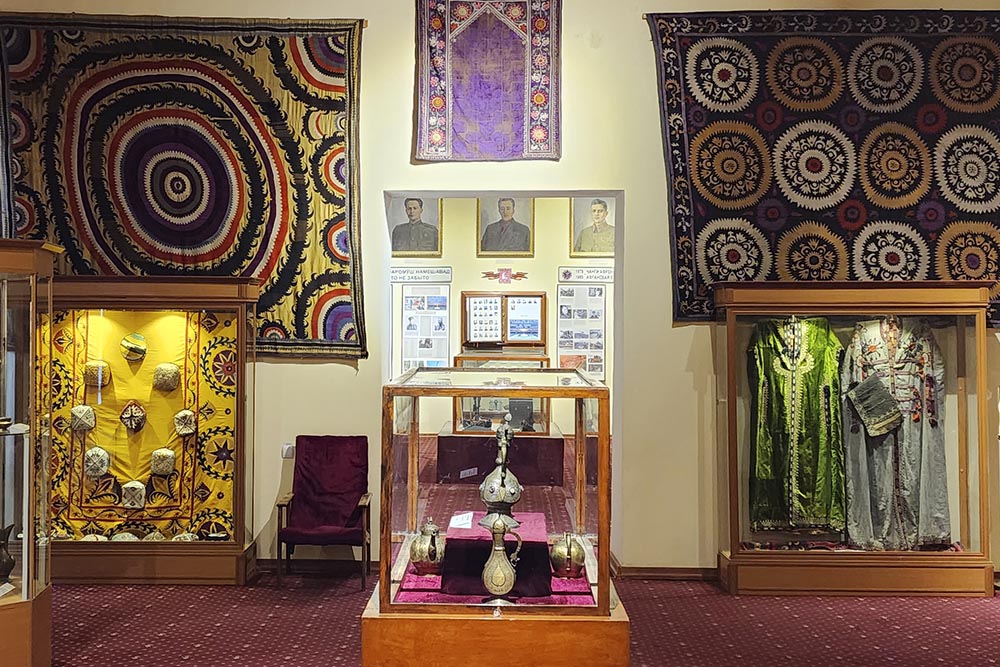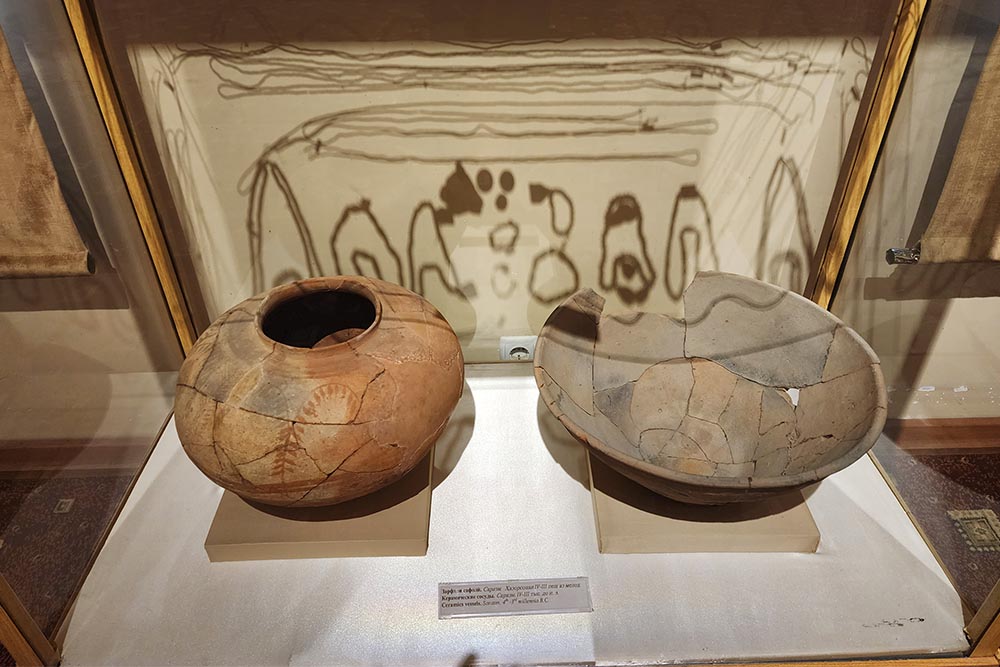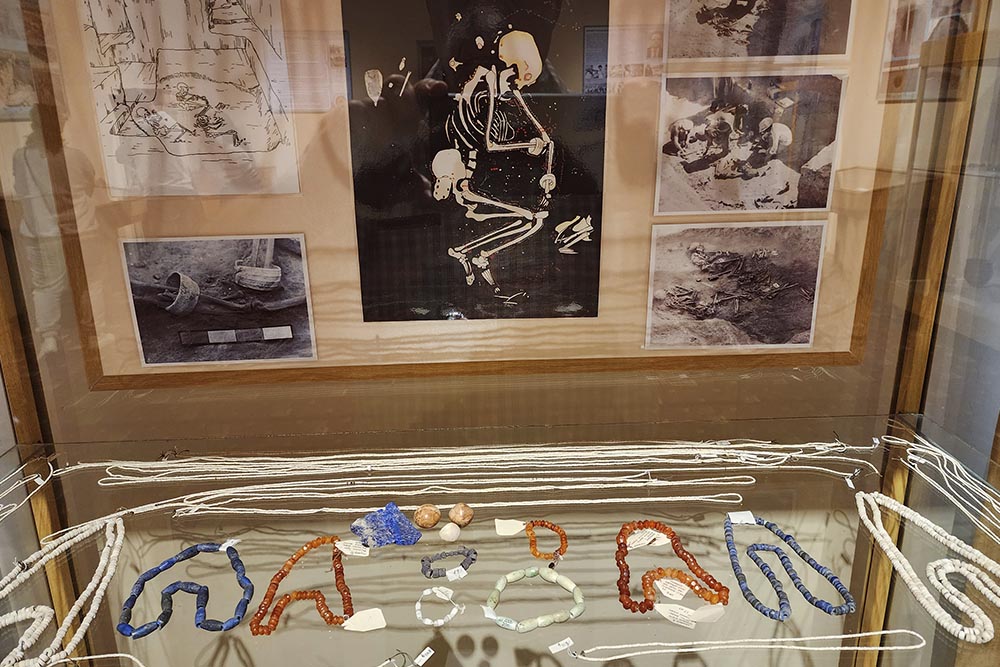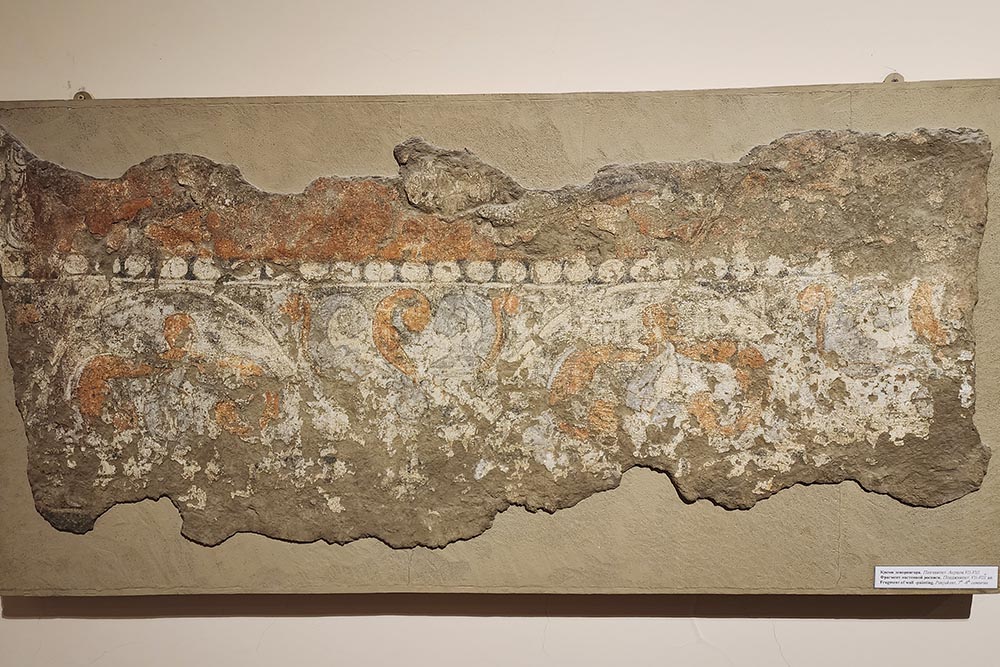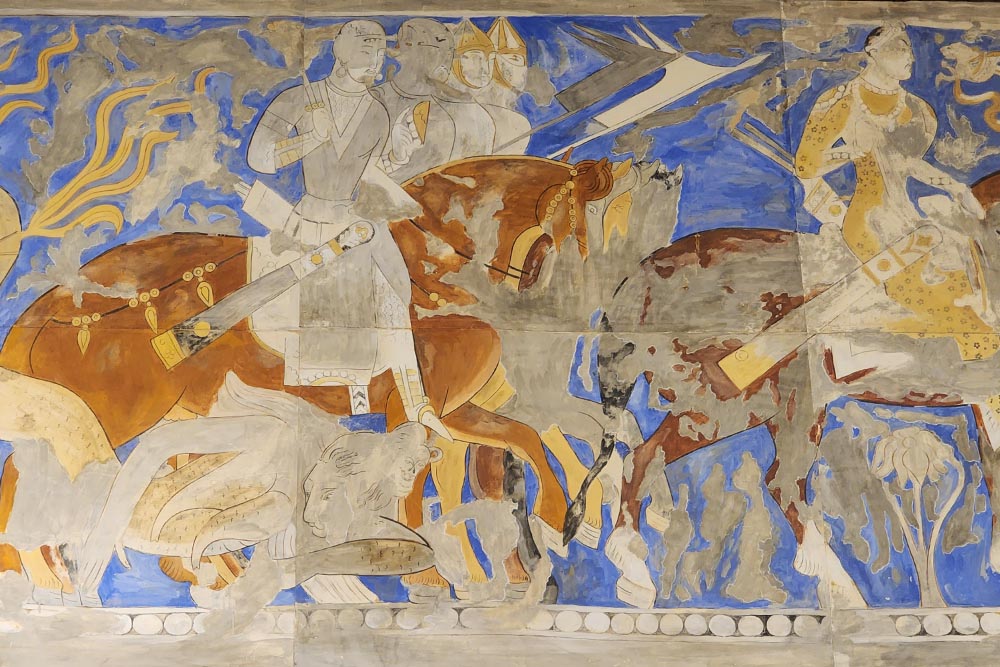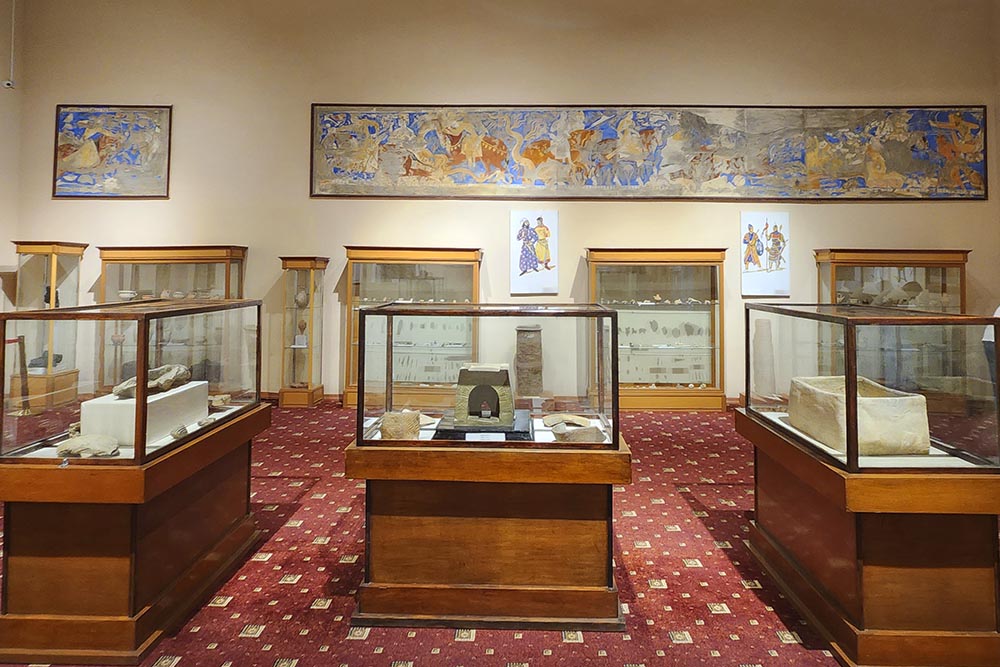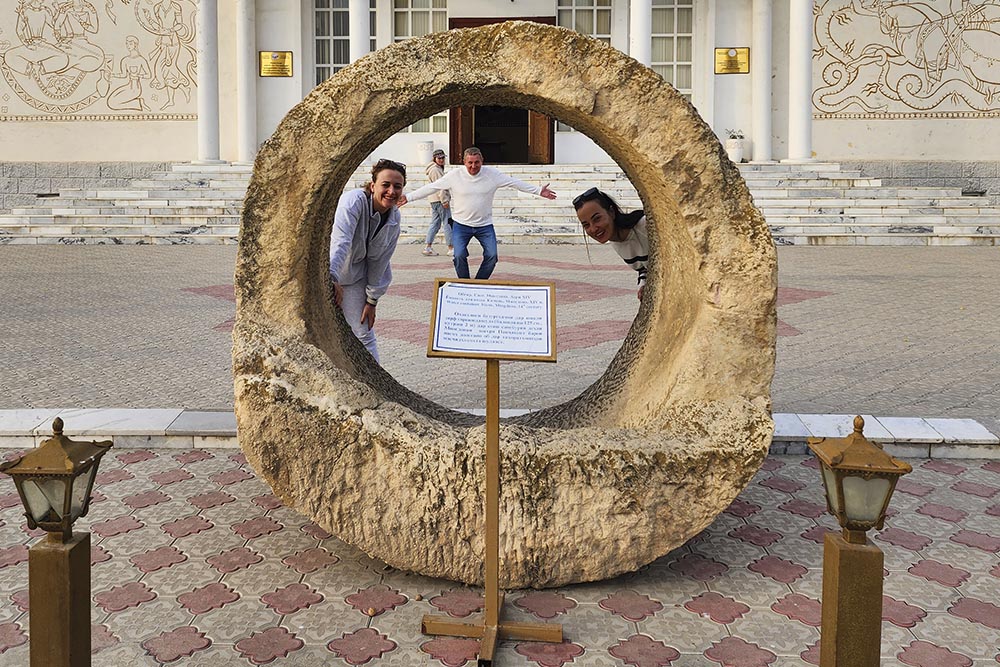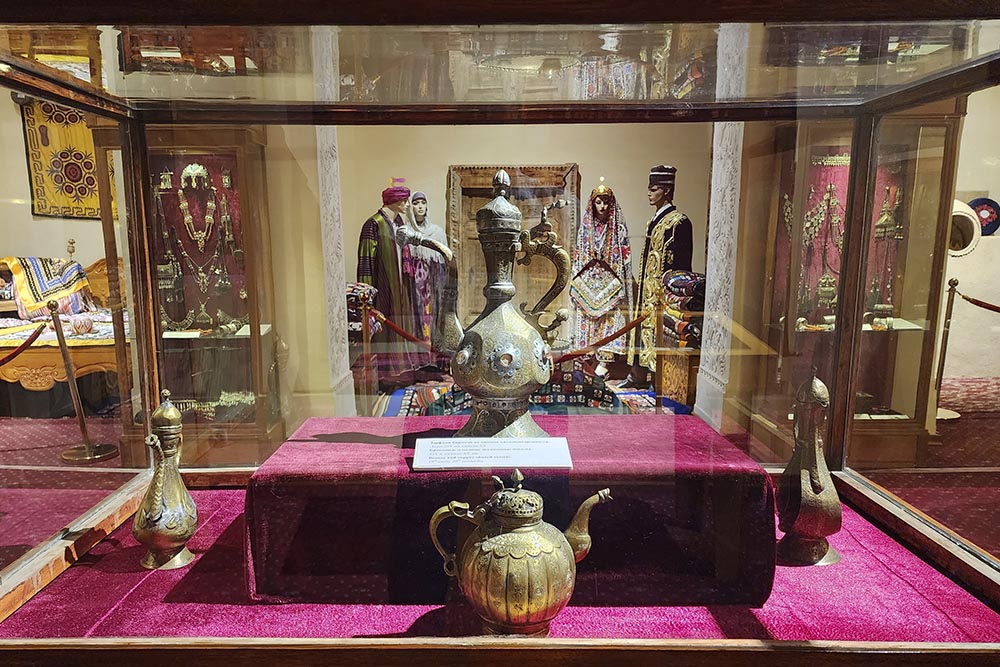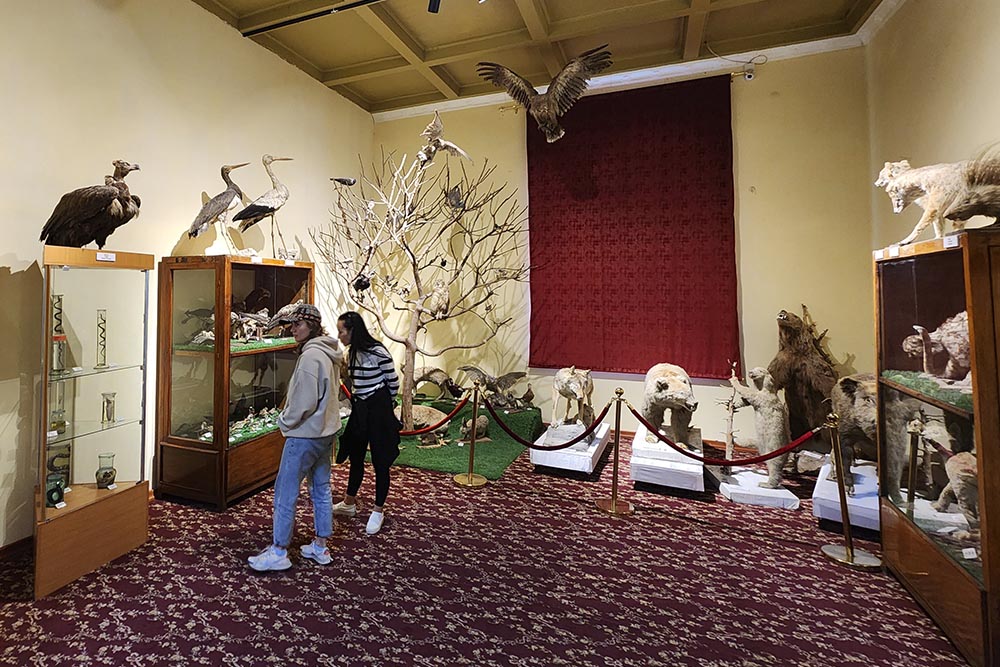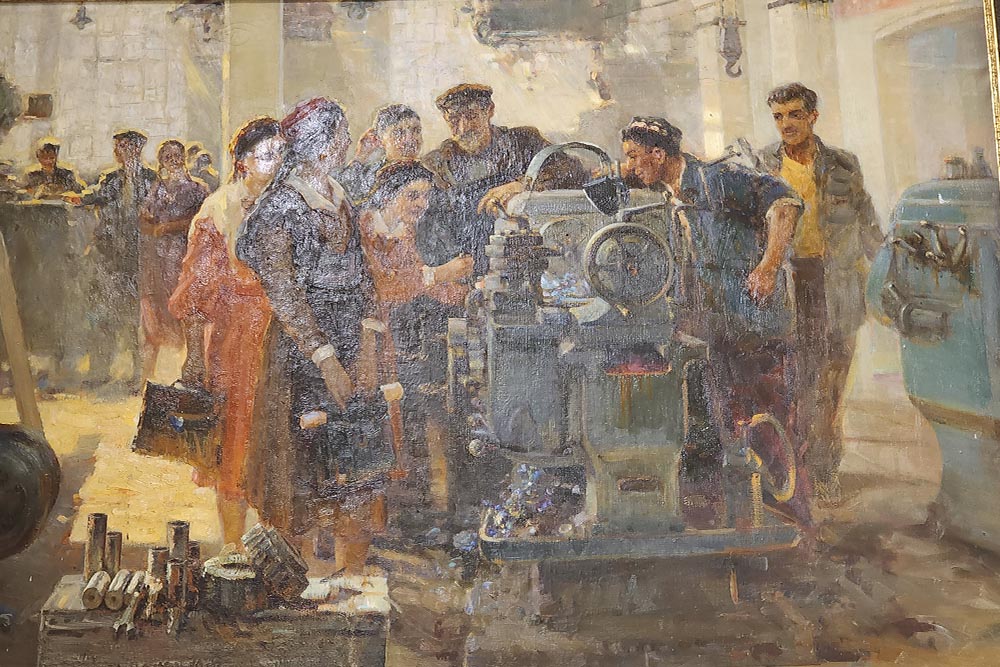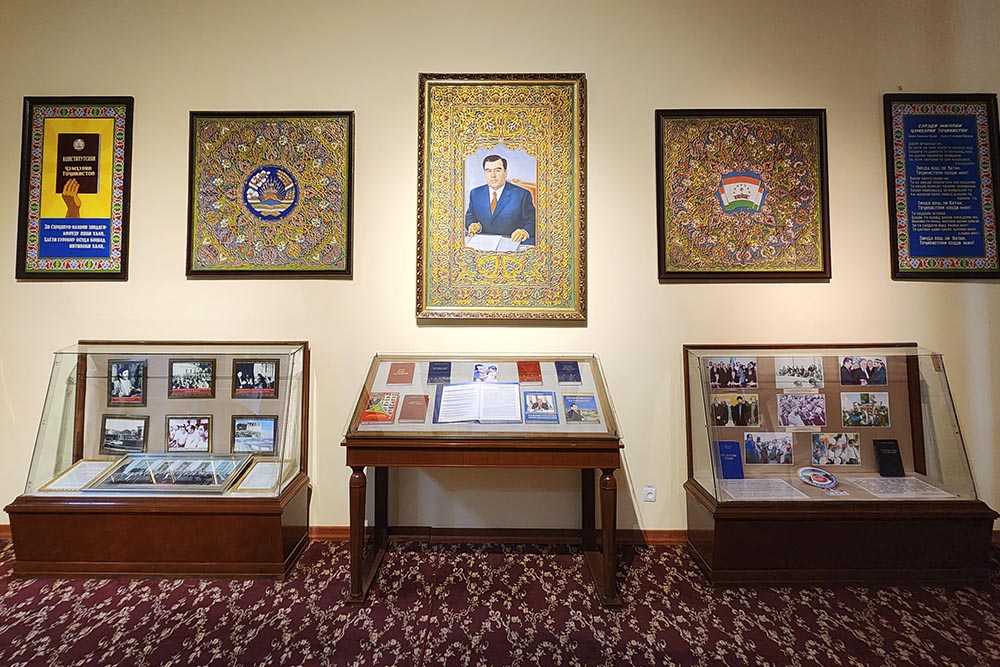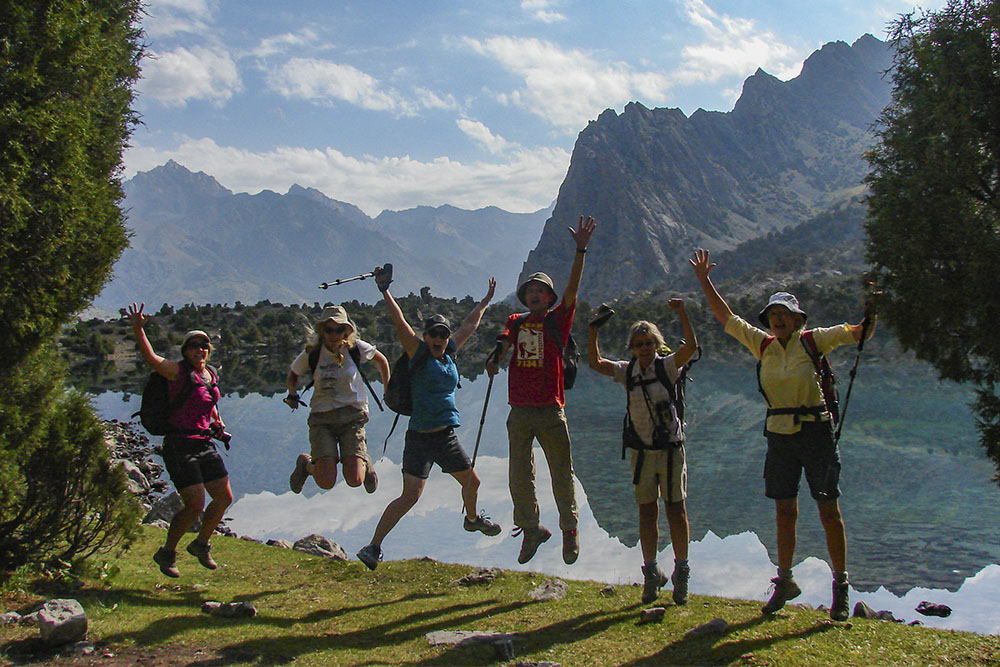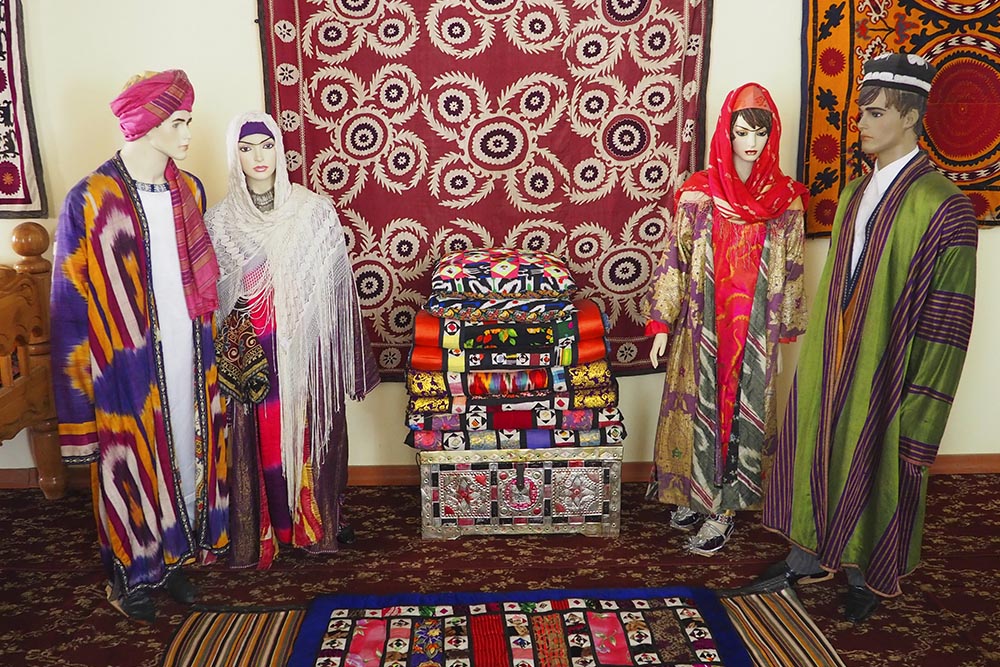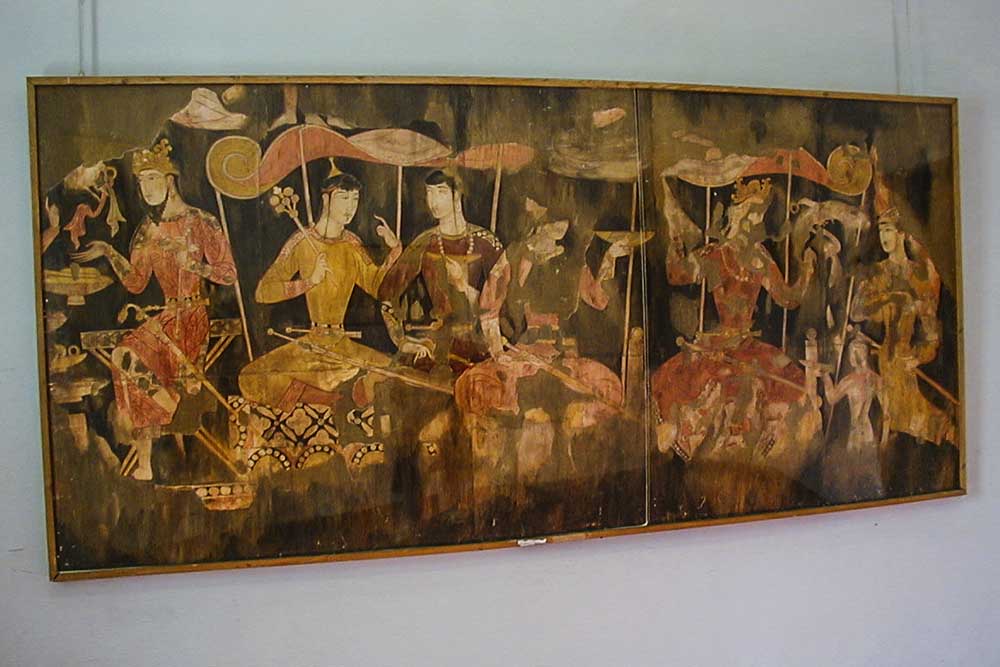The Republican Historical and Local Lore Museum named after Rudaki was opened in 1958 and is named after the great compatriot, the founder of Tajik-Persian literature, Abu Abdullah Rudaki (858-941 AD), who was born near Panjakent in the village of Panj Rud.
The museum has 8 exhibition halls and approximately 100,000 items in its collection. The exhibits reflect the archaeology, history, culture, everyday life, and nature of the Sogdian region of Tajikistan from the Neolithic period to the late Middle Ages, as well as the modern history of the region. There is also a hall dedicated to the life and work of A. Rudaki.
The museum prides itself on unique archaeological artifacts found in the region during excavations in Sarazm (3500 BC), original frescoes from ancient pre-Islamic Panjakent (5th-8th centuries), which depict scenes of feasts, battles, hunts, and rituals, providing insights into the architecture, clothing, and everyday life of the medieval inhabitants of Panjakent. The Sogdian inscriptions found on Mount Mug are invaluable; their deciphering has shed light on the history of early medieval Sogd.
Of interest is also the ethnography hall dedicated to the Tajiks of Northern Tajikistan, where national clothing, artistic embroidery, jewelry, household items, and more are displayed. In the Nature Hall, visitors can learn about the rich flora and fauna of the region.
The museum also includes several historical monuments as branches: the mausoleum of Rudaki in the village of Penjrud, the mausoleum of Muhammad Bashshar in the settlement of Mazar-i-Sharif (8th-12th centuries), an active mosque-madrasa, and the house-museum of N. Sharipov in the settlement of Rudaki.

